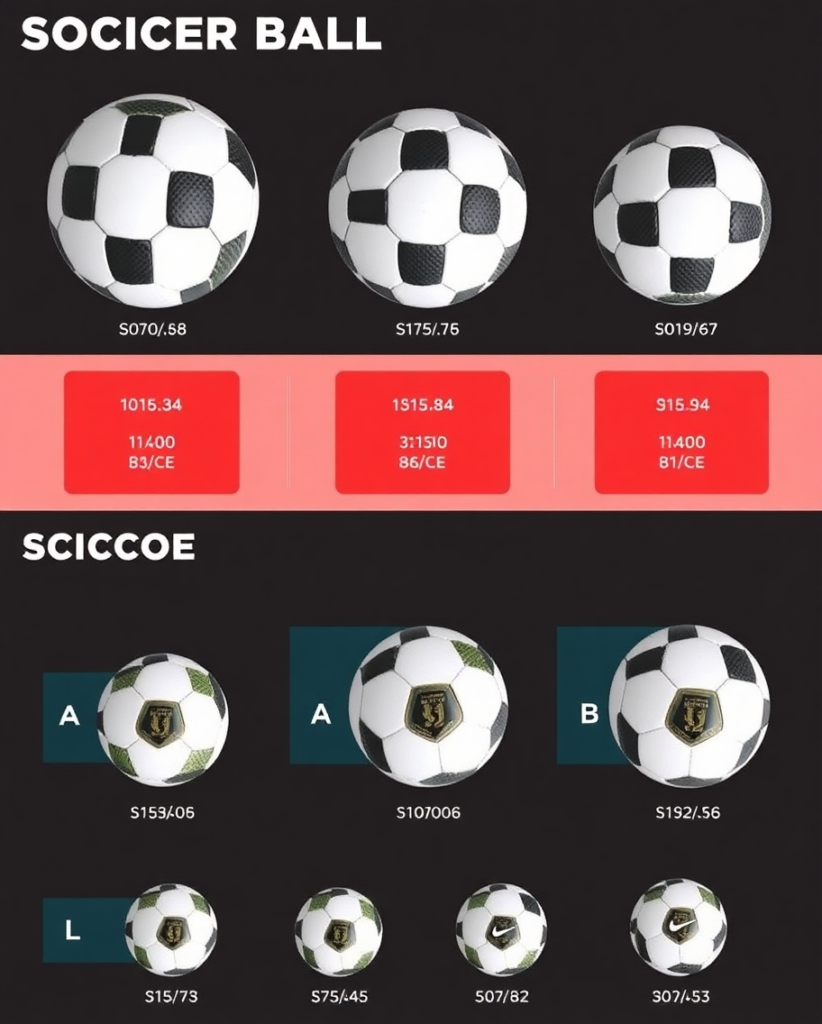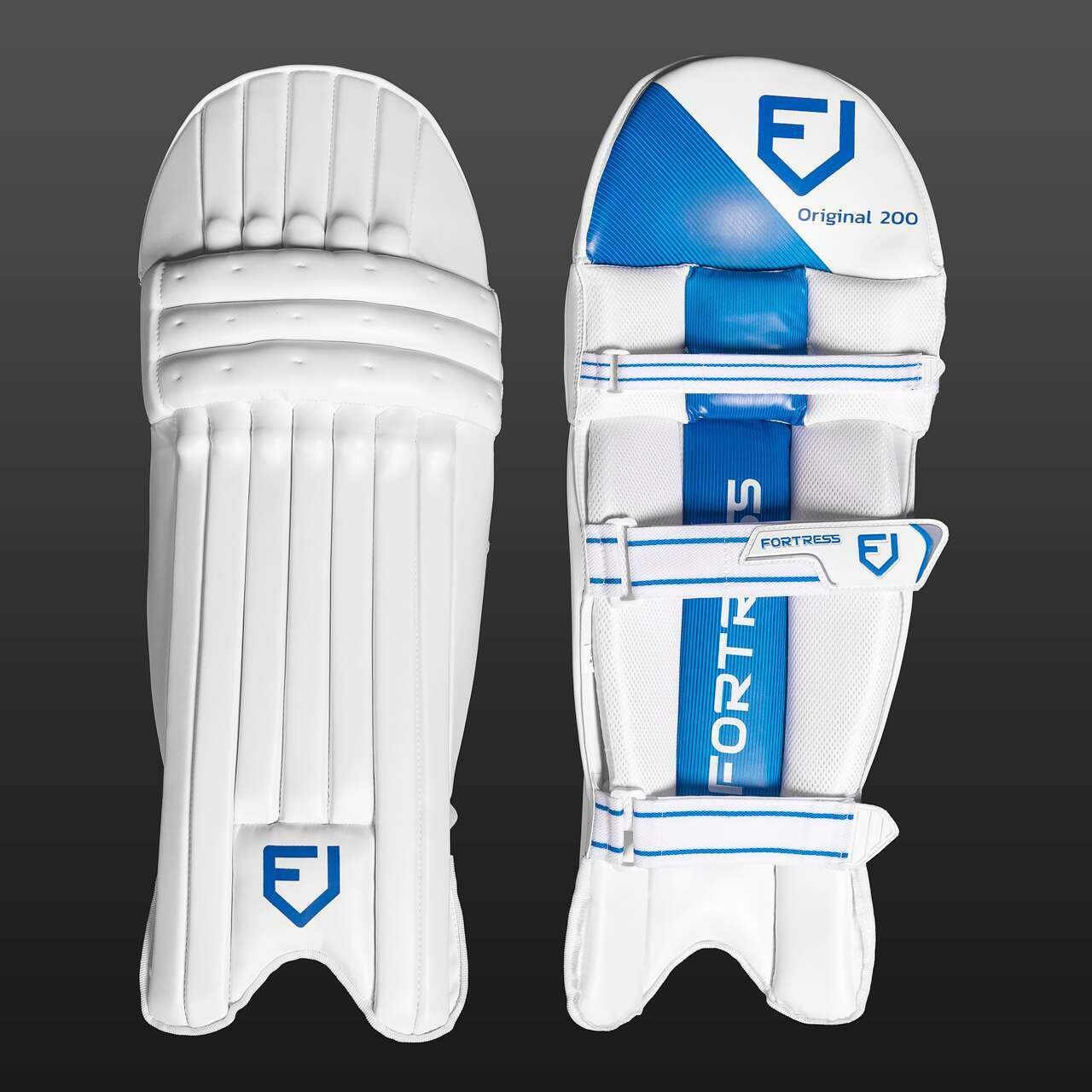Understanding Soccer Ball Sizes by Age
Soccer is a sport millions worldwide enjoy, and using the correct Soccer Ball Sizes by Age is crucial for players of all ages. The right ball size enhances skill development and ensures safety and enjoyment during play. This guide provides a comprehensive overview of soccer ball sizes categorized by age, helping parents and coaches select the appropriate ball for young athletes.
Soccer Ball Sizes by Age
Here’s a detailed breakdown of soccer ball sizes, including their circumferences, weights, and recommended age groups:
| Size | Circumference | Weight | Recommended Age |
|---|---|---|---|
| Size 1 | 18 – 20 inches | 195 – 205 grams | Up to 3 years old |
| Size 2 | 20 – 22 inches | 250 – 280 grams | Ages 3 – 5 years |
| Size 3 | 23 – 24 inches | 300 – 320 grams | Ages 5 – 8 years |
| Size 4 | 25 – 26 inches | 350 – 390 grams | Ages 8 – 12 years |
| Size 5 | 27 – 28 inches | 410 – 450 grams | Ages 12 and older |

Detailed Breakdown of Soccer Ball Sizes
1: Mini Ball
- Circumference: Less than 20 inches
- Weight: Approximately 195 – 205 grams
- Recommended Age: Up to 3 years old
- Usage: This size is ideal for toddlers to develop basic motor skills, balance, and coordination. It’s often used for skill training and as a promotional item.
Size 2
- Circumference: 20 – 22 inches
- Weight: Approximately 250 – 280 grams
- Recommended Age: Ages 3 – 5 years
- Usage: While not as common, this size helps young children practice basic soccer skills without overwhelming them with a larger ball. It can also be used for technical drills.
Size 3
- Circumference: 23 – 24 inches
- Weight: Approximately 300 – 320 grams
- Recommended Age: Ages 5 – 8 years
- Usage: This is the first size used in youth games and is perfect for teaching proper ball handling and control. It’s lightweight and manageable for younger players, making it suitable for both practice and matches.
Size 4
- Circumference: 25 – 26 inches
- Weight: Approximately 350 -390 grams
- Recommended Age: Ages 8 -12 years
- Usage: A transitional size that prepares players for the adult ball. It helps children develop more advanced skills while still being manageable compared to a regulation-size ball.
Size 5
- Circumference: 27 -28 inches
- Weight: Approximately 410 -450 grams
- Recommended Age: Ages 12 and older
- Usage: This is the standard size used in professional matches and is suitable for teenagers and adults. It helps players develop skills necessary for competitive play.
Importance of Using the Correct Size
Selecting the appropriate soccer ball size is essential for players of all ages, particularly children. The right size not only enhances skill development but also ensures safety and enjoyment during play. Below are key reasons why using the correct soccer ball size is crucial.
1. Skill Development
Using the correct ball size is vital for developing fundamental skills such as handling, control, and technical abilities. A ball that is too large or too small can hinder a player’s ability to learn and master these skills:
- Handling and Control: Younger players, especially those aged 5 to 8 years, benefit from smaller and lighter balls (Size 3). These balls are easier to kick and control, allowing players to focus on developing their technique without being overwhelmed by a larger ball’s weight and size.
- Progressive Learning: As players grow older and their skills improve, transitioning to larger balls (like 4 Size for ages 8-12) helps them adapt gradually to the regulation-size ball used in adult play (Size 5). This progressive learning approach fosters confidence and competence on the field.
2. Safety Considerations
Safety is a paramount concern in youth sports. Using the correct size soccer ball significantly reduces the risk of injuries:
- Injury Prevention: A ball that is too heavy or large can cause strains or injuries, particularly in younger players whose muscles and tendons are still developing. For instance, a 5 Size ball can be dangerous for children under 12 due to its weight and size, potentially leading to falls or missteps during play.
- Controlled Environment: Smaller balls allow for safer practice environments where young players can learn without the fear of being hurt by a larger, heavier ball. This is especially important in recreational settings where safety cannot always be guaranteed.
3. Building Confidence
Using age-appropriate soccer balls helps build confidence among young players:
- Positive Experiences: When children use a ball that fits their size and strength, they are more likely to succeed in their attempts at kicking, passing, and dribbling. Success leads to enjoyment, which encourages them to continue playing the sport.
- Reduced Frustration: If a child struggles with a ball that is too large or heavy, it can lead to frustration and discourage them from participating in soccer. The right-sized ball allows for a more enjoyable experience where they can focus on fun rather than struggle.
4. Adherence to Standards
Understanding soccer ball sizes aligns with global standards set by organizations like FIFA:
- Standardization: FIFA has established guidelines for soccer ball sizes that are widely adopted across leagues and competitions. Familiarity with these standards helps parents and coaches make informed decisions when selecting equipment for their teams or children.
- Regional Variations: While FIFA provides general guidelines, some regions may have specific recommendations based on local playing conditions or age group preferences. Being aware of these variations ensures that players have equipment suited to their environment
Conclusion
Selecting the right soccer ball size based on age is crucial for fostering a positive experience in young athletes. By using this guide, parents and coaches can ensure that children develop their skills safely and effectively while enjoying the beautiful game of soccer. Whether you’re introducing your child to soccer or supporting their growth as a player, choosing the correct ball size will make all the difference in their journey on the field.



